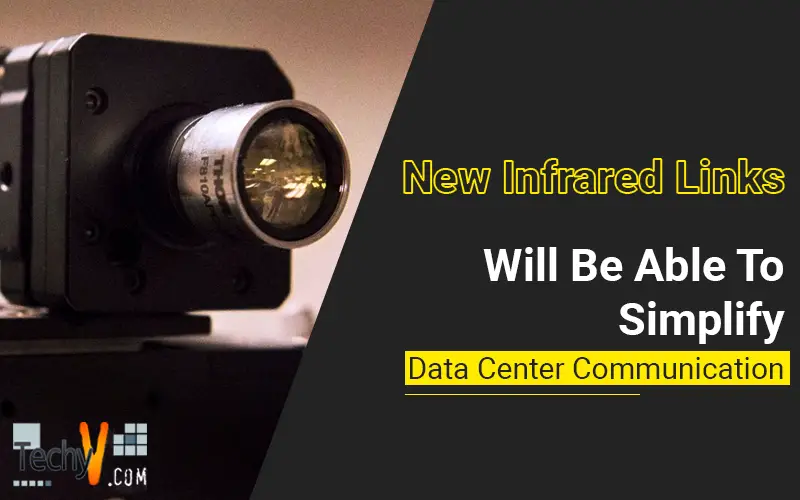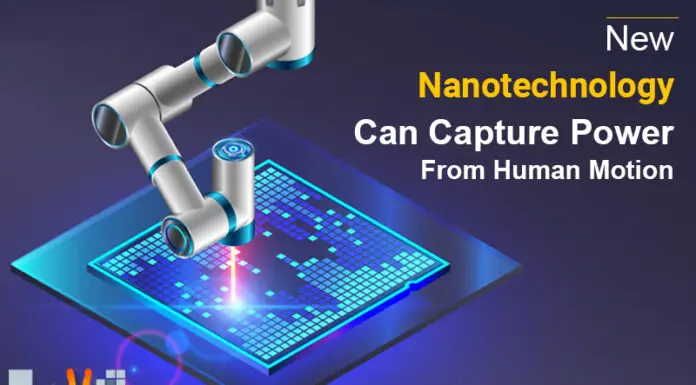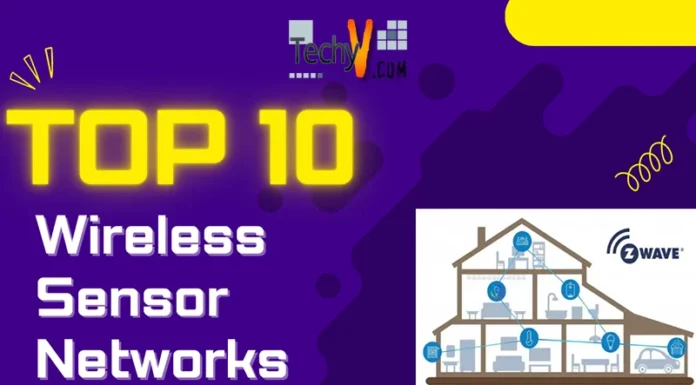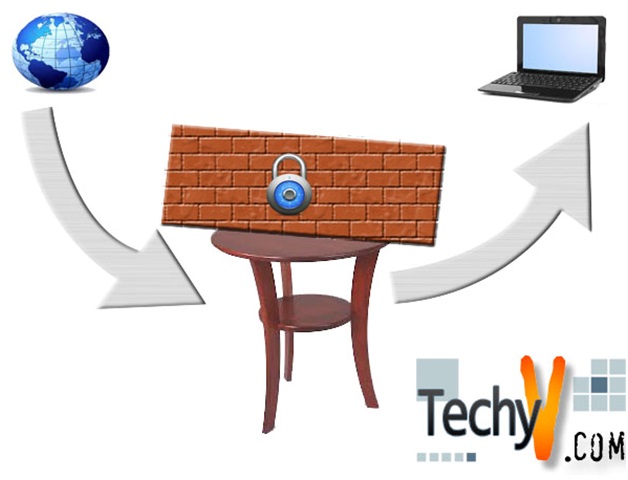Data centers have become a vital point of most of the information systems now-a-days. But the spider-web of interconnecting wires that form the mode of communication among servers causes a lot of problems. To substitute this, scientists are thinking of infrared links as a mode of forming communication that can eliminate the problems caused by the wires.
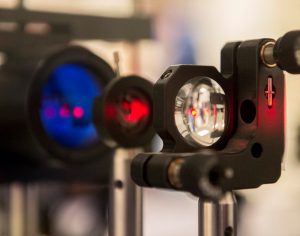
The Chair Professor of Electrical Engineering, Penn State, Mohsen Kavehard had tried RF or radio frequency signaling, but the radio frequency beams became wider within very short distances. The researchers used free space optical link which uses an inexpensive lens to obtain a narrow infrared beam without any interference or limited connections and also results in higher throughput.
Firefly or Free-Space Optical Inter-Rack Network with High Flexibility is an architecture which was produced as a joint project by the researchers of Penn State, Stony Brook University, and the Carnegie Mellon University. Firefly has an infrared laser, and a receiver mounted on the top of data center racks, and this set up helps in the transmission of information. The laser modules can reconfigure rapidly to acquire any target on any rack. As the racks are placed almost 6.5 feet high above the ground, workers can walk in between the racks without even breaking the laser beams, and thereby cause minimal human interference to the system.
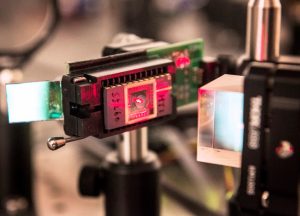
Kavehrad thinks that the data centers will be able to accommodate 400,000 servers on racks which can fill a mile long room. Data centers are normally built for peak traffic, meaning that during the majority of the time 30 percent of the servers remain offline. Kavehrad estimates that within the year 2020, data centers will need 140 billion Kilowatts amount of electric power per hour, which is equivalent to the output of 50 power plants and costs $13 billion in today’s currency.
Therefore energy expenditure and fiber optic cabling are not the only problems for idle servers. The throughput becomes difficult when hundreds of cables merge to form a narrow bottleneck that results in decreased speed at which information can be delivered to the data center. Replacing such a system with a configurable and flexible alternative can reduce the bottlenecks and number of servers required and can enhance the processing speed too.
Firefly, although designed has not been implemented in any system yet. The system is still under experimentation to prove its ability to create a simplified way to use infrared laser links to carry a signal to the targeted receiver.

The lasers will be transmitting multiple signals using various colored lights. Each of the bi-directional data streams carries the information at a speed of 10 Gigabits per second from BER or Bit Error Rate test set. The Bit Error Rate testing finds out the number of errors in a signal produced by noise, distortion, interference, and synchronization troubles.
The entire data stream is transmitted from the fiber optic cable to the laser across a room to the receiver device which processes the data and displays the same on a TV set or the Bit Error Rate test set. A hand breaking system in the laser beam device shuts off the system, and when it is removed the signal can be acquired again.
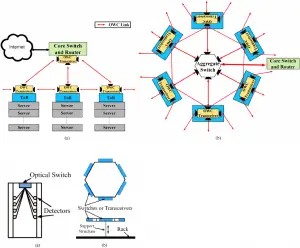
The infrared links make use of MEMs or Microelectromechanical systems and uses small mirrors for instant target and reconfiguration. The MEMs systems use a small amount of electricity to change the position of the mirror that aims the receiver device. The movement of the device is so small that it cannot be detected by normal human beings, but the computer program can easily locate the receiver and then narrows down the target for precision. A different receiver can also be targeted by moving the laser beam.
But like every new technology and advancements, Firefly, too, comes with some problems. Accurately targeting and transmitting the signal via the infrared lasers are important for carrying out the performance of the device properly. On reaching the targeted receiver, the signal must enter the fiber optic cable without any disturbance. Managing and properly controlling the data in a wireless environment is also important. Kavehrad has plans to come up with some device that uses light instead of radio frequency waves. If the new plan succeeds, they will not have to use fiber optics for the operation.


